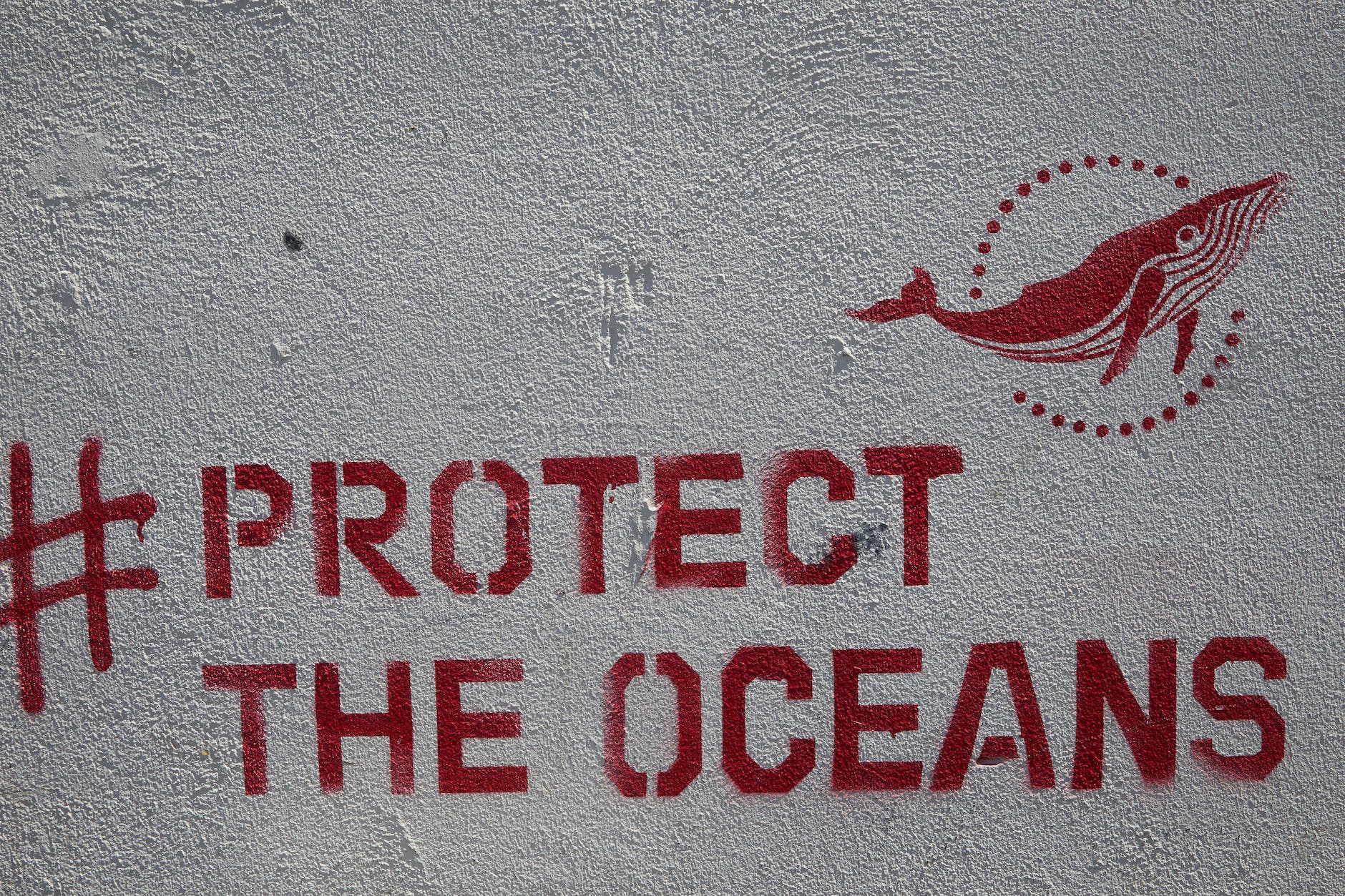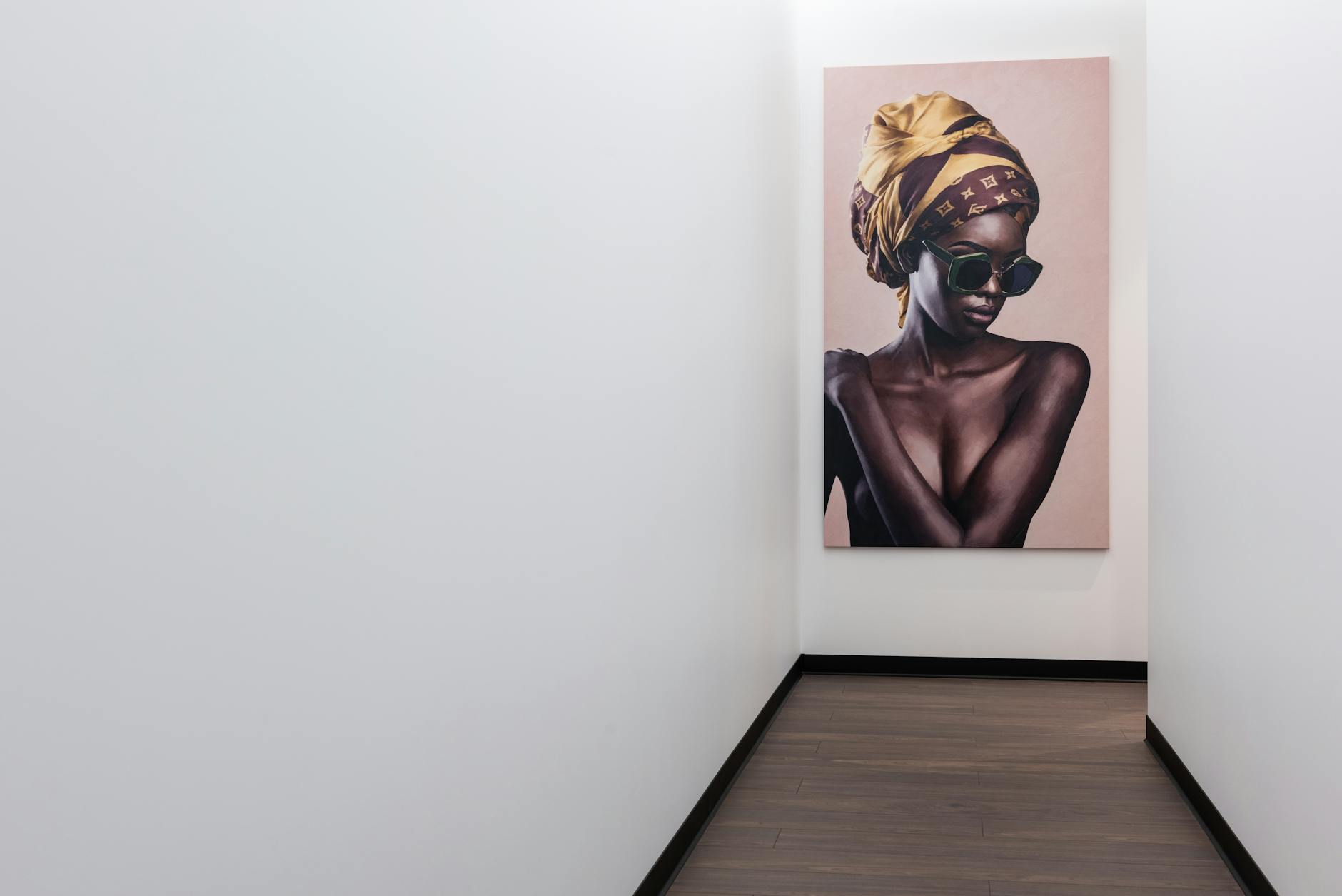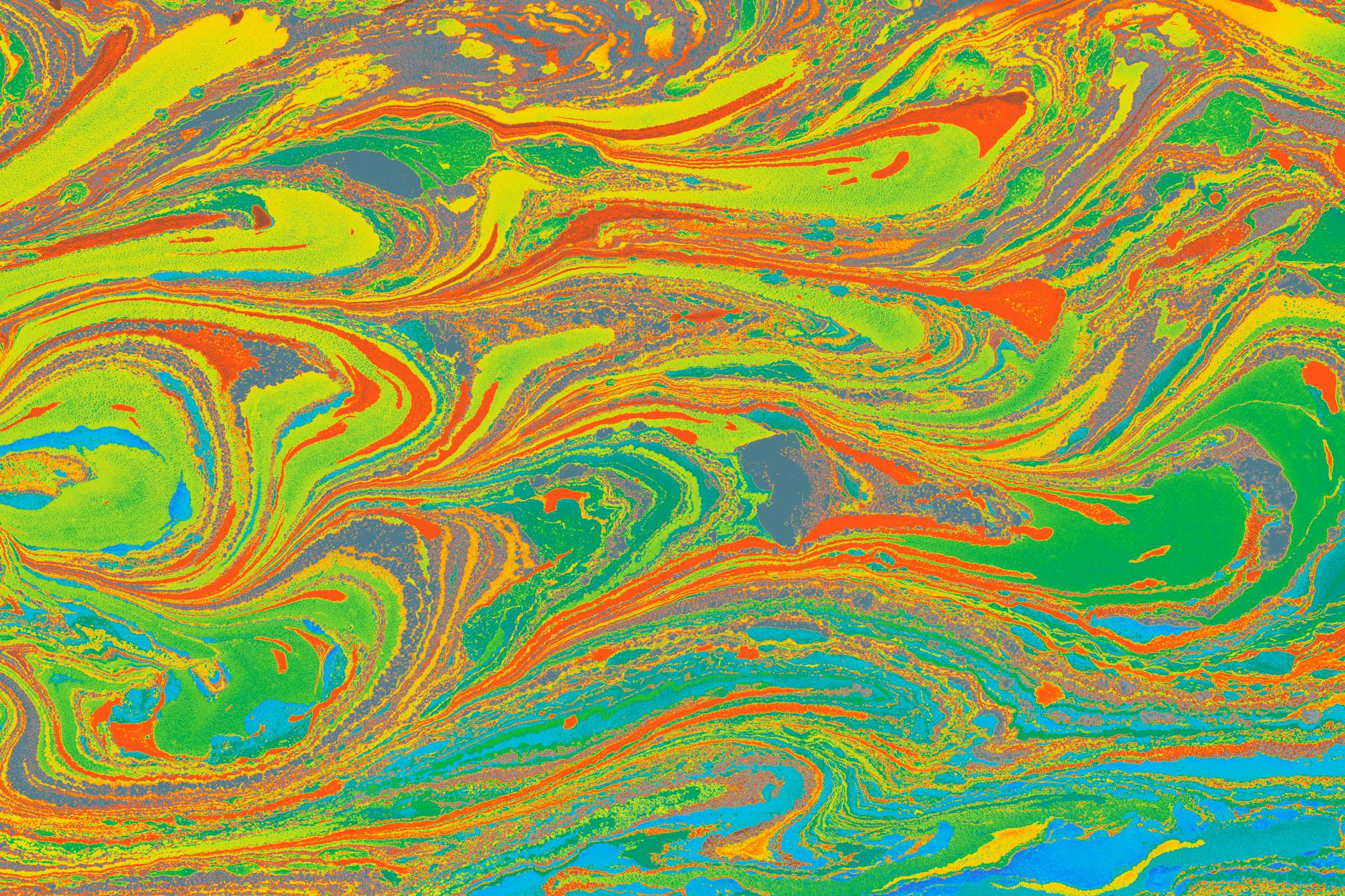At the intersection of vibrant aesthetics and robust ideologies, psychedelic art has long served as an instrumental vehicle for political protest and social commentary. What began as a countercultural movement in the 1960s continues to resonate today, challenging the status quo and inciting cultural change.
The term psychedelic art refers to an art style characterized by distorted visuals, bright colors, and intricate patterns often inspired by hallucinogenic experiences. The psychedelic movement and its corresponding art form were born amidst widespread anti-establishment sentiments and concerns surrounding social justice. Hence, psychedelic art became inherently linked with political activism, creating a unique canvas for open freedom of expression and rebellion.
Psychedelic art emerged as a pop culture trend in the mid-1960s, often associated with the use of psychedelic substances. San Francisco was a central hub for this movement, drawing in countless artists and thinkers gravitating towards countercultural ideals. Many artists used psychedelic art as a medium to illustrate their perspectives on societal issues, reflecting dissent against social norms and restrictions.
Renowned artist Peter Max, for example, used bright, surreal imagery in his works to depict a utopian world that violently contrasts with the war-torn and conflict-filled reality of his time. His art served as an open criticism of the Vietnam War and a call for peace and unity by visually challenging the viewer’s perceptions of society. Similarly, the posters produced by The San Francisco Poster Brigade during the civil rights movement fused psychedelic art’s vibrant visual elements with poignant protest slogans.
The countercultural revolution gave rise to an explosion of subversive artforms, of which psychedelic art was a key component. Utilizing bold and mesmerizing imagery, artists forced audiences to confront the stark realities of society and blatantly questioned prevailing political establishments. This fantastical, thought-provoking approach made the genre a reliable tool for engaging political activism.
Fast forward to today, and psychedelic art continues to be a potent form of protest art. An exemplary instance would be Los Angeles-based street artist Shepard Fairey, whose works represent pieces of both contemporary street art and political activism. Combining psychedelic visuals with powerful political messages, Shepard uses his art to criticize everything from war propaganda to social inequality.
Modern psychedelic art not only carries resonances of the original 60s movement but also addresses current socio-political issues, making the genre more relevant than ever. From the Black Lives Matter movement to climate activism, psychedelic art incorporates symbols, slogans, and imagery that critique and challenge systemic issues. This, combined with the genre’s internet resurgence, has facilitated a broadening discourse on social, economic, and political injustices.
In conclusion, psychedelic art has consistently been a form of subversive political protest. It challenges viewers with its intense, mind-bending visuals that depart from traditional artistic norms, while also delivering pointed critiques against societal and political establishment. The genre propels introspection, conversation, and revolution, making it a powerful medium for cultural change and symbols of resistance.
The sustained relevance of psychedelic art in the realm of political activism underlines its potential for catalyzing dialogue around social justice issues. As it continues to evolve, it promises to remain an endearing emblem of artistic rebellion and freedom of expression in an increasingly complex world.








